
Table of contents:
- Author Bailey Albertson [email protected].
- Public 2023-12-17 12:53.
- Last modified 2025-01-23 12:41.
How to change the screen brightness level in Windows 10: causes of problems and how to fix them

The lighting in the room is different for everyone, and Windows 10 by default uses the same brightness settings for all monitors. But you can change the glow level yourself by editing the system settings.
Content
-
1 Brightness control
-
1.1 Setting the brightness level manually
- 1.1.1 Setting the brightness using the keys
- 1.1.2 Through the energy bar
- 1.1.3 Video: How to manually adjust the screen brightness level in Windows 10
-
1.2 Activation of auto-regulation
1.2.1 How to disable auto brightness control
-
-
2 Brightness problems
-
2.1 There is no brightness control
- 2.1.1 Registry setting
- 2.1.2 Video: what to do if monitor brightness level does not change in Windows 10
- 2.1.3 Enabling Monitor Features
- 2.2 Brightness changes independently
-
2.3 Screen flickers
2.3.1 Video: How to Update Graphics Card Drivers in Windows 10
-
Brightness control
There are two methods of changing the brightness: manually selecting the desired level or activating auto brightness control. Using the first method, you will fix a constant value, which is convenient when the computer is in one place, without changing its position. The second method is suitable for those who carry their laptop to rooms with different lighting conditions, since they do not have to manually select the brightness every time.
Setting the brightness level manually
To fix a constant brightness value, do the following:
-
Open the Settings app.

"Options" item in the "Start" menu Open system settings
-
Select the System tab.

System Tab in Windows Settings Select the "System" block
-
Stop at the "Screen" subsection, scroll to the end of the tab and move the brightness slider to the position that seems most suitable to you. Click on the "Apply" button to save the changes.

Item "Brightness level" in the "Screen" tab Move the slider to change the brightness
Setting the brightness using the keys
On laptops, by default, there are buttons with which you can control the brightness of the screen without going into the system settings. They are usually located on the F1-F11 keys. Examine the icons drawn on them to find the desired key. Sometimes a combination of the Fn button and one of the F1-F11 keys is used.
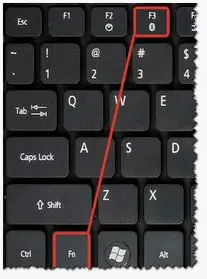
Use keys on your keyboard to change brightness
Through the energy bar
Clicking on the battery icon located in the lower left corner of the screen will take you to the energy bar. It will have an icon with a sun icon, which is responsible for adjusting the brightness. Use it to change the level.
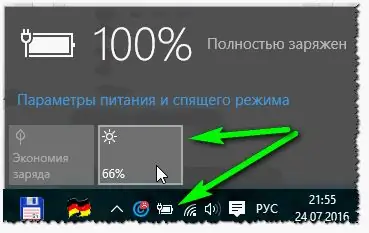
Use the sun icon to change the brightness
Video: How to manually adjust the screen brightness level in Windows 10
Auto-regulation activation
To activate auto brightness adjustment, follow these steps:
-
Through the system search box, find the "Change Power Plan" tab or go to the "Control Panel", and in it select the "Power Options" item.

Item "Power supply" in the "Control Panel" Open the section "Power supply"
-
Select the power plan that you have activated, and click on the line "Setting the power plan" opposite it.

Power supply setup button in the Power supply section Click the "Configure Power Scheme" button
-
Open advanced settings.

Change advanced power settings button in the Change scheme settings section Open advanced power settings
-
Scroll down the expanded list to the "Screen" block and expand it. Set the "Enable adaptive brightness control" to "Enable". Done, save your changes and close all windows.

"Enable adaptive brightness control" item in the "Power supply" window Set to "Enable"
How to disable auto brightness adjustment
If you want to prevent the computer from independently selecting the brightness of the monitor, then you will have to deactivate auto-adjustment. To do this, follow all the steps described in the paragraph "Activating auto-regulation", but in the last of them set the value "Disable" instead of "Enable".
Brightness problems
Some users run into problems trying to set the brightness. Also, the screen sometimes starts blinking or independently resets the set brightness level.
No brightness control
Sometimes there is no option in the system parameters to change the brightness. There can be four reasons for this:
- the monitor does not support adjustment;
- automatic adjustment is activated;
- some monitor functions are disabled;
- corrupted registry settings.
The function that allows you to change the brightness is often only present on laptops, but it is supported on some monitors. Therefore, first make sure that this function is present, and then deactivate auto-regulation. How to do this is described in the section "Disabling auto brightness control".
Registry setting
If this does not help, you should try changing the registry settings by following these steps:
-
Use the system search bar to find the Run window and open it.

The "Run" item in the "Start" menu Open the Run window
-
Run regedit to navigate to the registry.

Regedit command in the Run window Run the regedit command
-
When the registry appears, hold down the Crtl + F combination to bring up the search bar. Write down the value EnableBrightnes and run a search. The result may be several folders, open one of them.

Finding the EnableBrightnes folder in the Registry Editor Open the search bar and find the EnableBrightnes folder
-
In the found folder, find the KMD_EnableBrightnessInterface2 file, expand it and set the value to 0. Open the search again and perform the same actions for all folders with the same file, and then close the registry and restart the computer.

Setting a value for the KMD_EnableBrightnessInterface2 parameter Set the KMD_EnableBrightnessInterface2 file to 0
Video: what to do if monitor brightness level does not change in Windows 10
Enabling Monitor Features
Open the "Task Manager", expand the "Monitor" branch, in it you will see the name of the monitor. Click on it with the right mouse button and use the "Activate" item. Done, after that all monitor functions will be activated. Reboot the system and try setting the brightness level again.

Select a monitor and use it
The brightness changes on its own
If you notice that the brightness of the monitor changes arbitrarily, then you should turn off auto brightness control, which is sometimes enabled by default. How to do this is described in the section "Disabling auto brightness control".
Screen flickers
The first step is to check the connection of the monitor to the system unit. The reasons that can also cause screen flickering include the following: some running application is causing this problem or the video card drivers have crashed. To understand what exactly the reason is, open the "Task Manager" by right-clicking on the quick access panel and selecting the item of the same name. If the dispatcher blinks, then the reason is in the drivers, if the dispatcher does not blink, close all applications, find out which of them caused the flickering, and stop opening it.
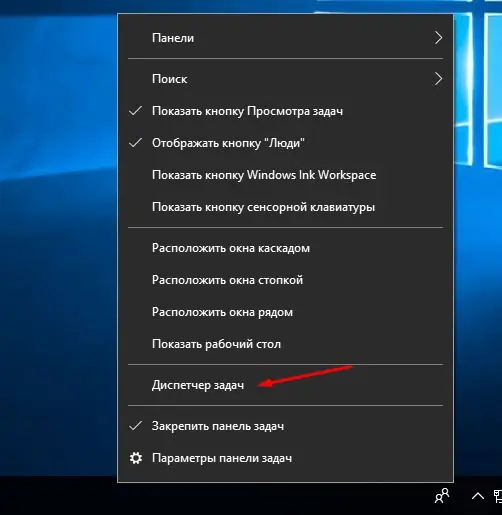
Open "Task Manager"
If it turns out that the reason is in the drivers, then follow these steps:
-
Expand Device Manager using the system search bar.

Item "Device Manager" in the "Start" menu Open "Device Manager"
-
Find the name of your video card in the "Video adapters" block. Copy it, go to the manufacturer's website and find drivers for your adapter on it, focusing on the name.

Video card in the "Device Manager" Find out the name of your video adapter and download drivers for it
-
When the drivers are loaded, return to the "Device Manager" and start the driver update process by right-clicking on the video adapter and selecting the appropriate function.

Run driver updates in Device Manager Start the update process by clicking on the button in the top panel
-
Choose a method to find drivers on this computer. Specify the path to the previously downloaded file and wait for the automatic installation to complete.

Finding drivers on your computer Select a manual way to update drivers and specify the path to the file
Video: How to Update Graphics Card Drivers in Windows 10
There are two ways to change the screen brightness: by setting a new level yourself or by entrusting control to your computer. If you are having problems with brightness, check your system settings, and if the screen flickers, close all applications and update your video adapter drivers.
Recommended:
How To Make A Speed Controller For A Grinder With Your Own Hands, How To Decrease Or Increase The Speed + Video Instructions

Speed controller and smooth start of the grinder. What unites them. How to make a device yourself
Door Repair: Basic Faults And How To Fix Them Yourself
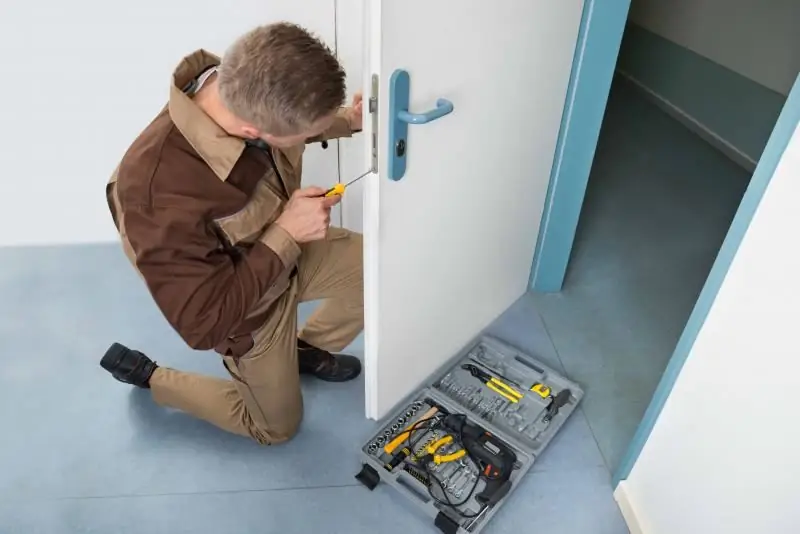
Reasons for door breakage. Repair tools and materials. Basic troubleshooting methods. Door redecoration
Do-it-yourself Front Door Repair, As Well As How To Adjust And Restore Them
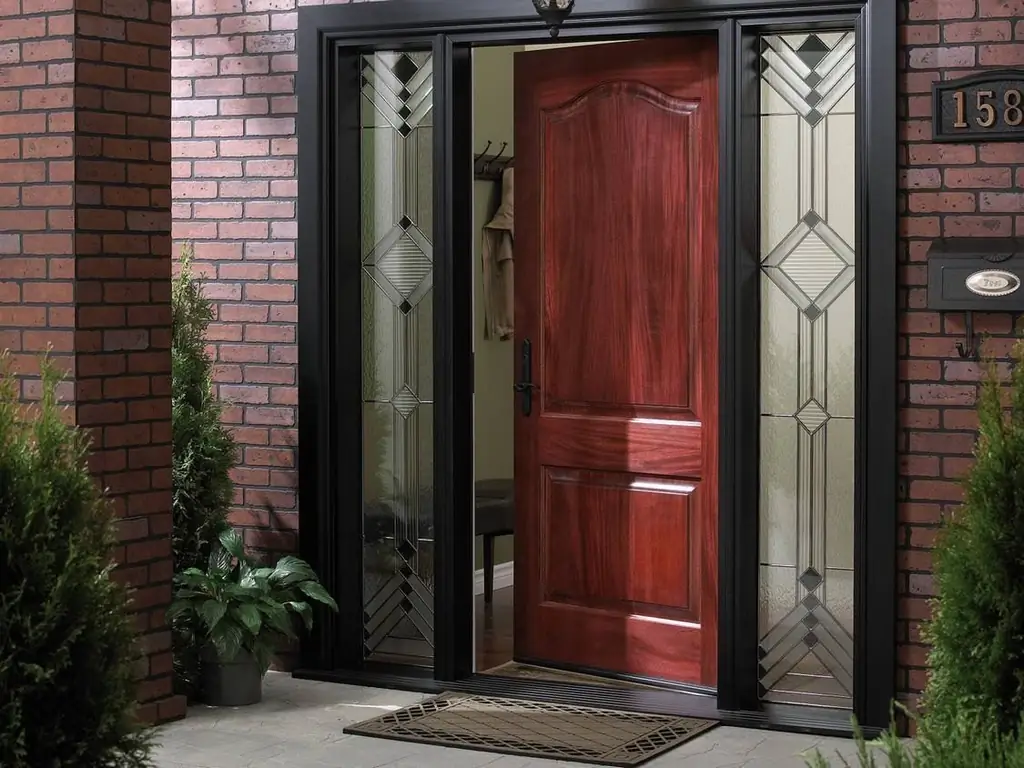
How to adjust the front door and fix various breakdowns. What tools and materials are needed. Do-it-yourself repair and restoration of the front door
How To Find Out And Change The Screen Resolution In Windows 10 - Trying To Adjust And Fix Errors
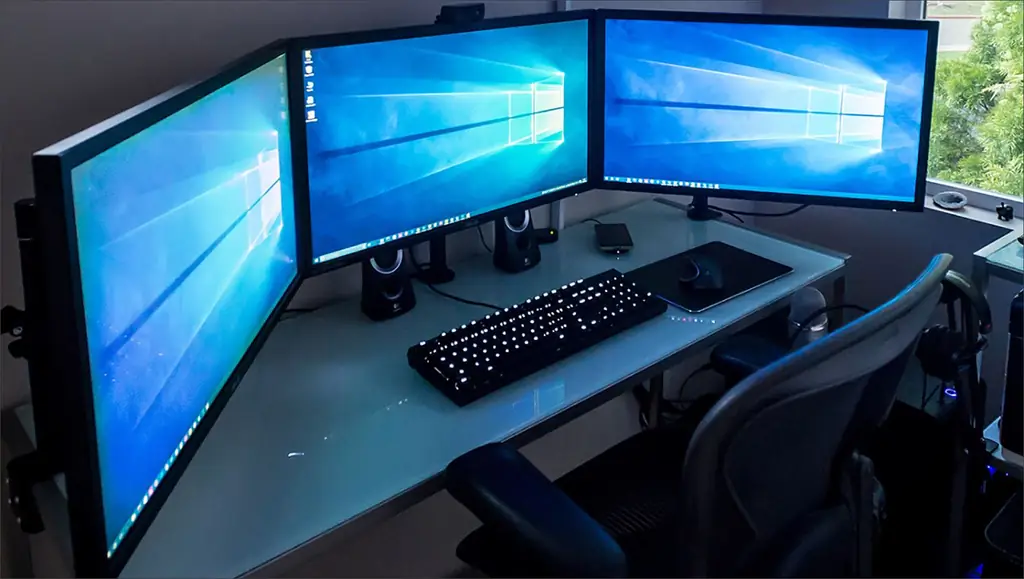
How to increase, decrease, set a non-standard screen resolution, change its orientation. What to do if the screen blinks, changes resolution, no settings
How To Remove Scratches From The Screen Of Technology: How To Remove Them Yourself, Reviews, Video

Damage to gadget screens and how to fix them. Improvised and special means, reviews. Preventing scratches on screens and plastic parts
